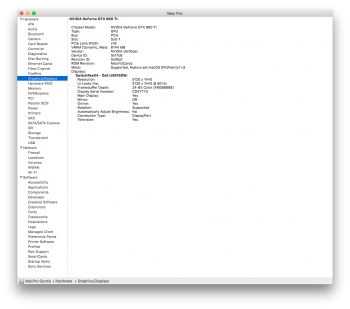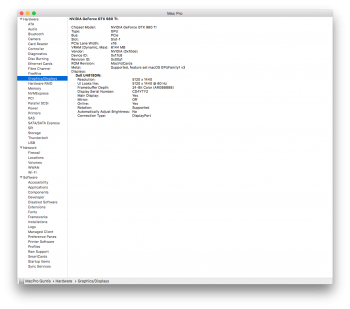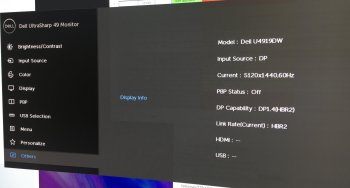15.4 rolled around, and still no support for 5120x1440 resolution on the super ultrawide monitors. max is 3840x1080, which is obviously blurry.
One change happened, is that my Dell 49" is no longer recognized as a TV, but as a monitor and has the scaling options like on a retina screen, but the native 5120x1440 is not supported, at least not on my 2018 mini via USB-C.
It's not a hardware limitation, the resolution works properly under BootCamp.
Has anyone successfully been able to bypass this limitation under Catalina?
One change happened, is that my Dell 49" is no longer recognized as a TV, but as a monitor and has the scaling options like on a retina screen, but the native 5120x1440 is not supported, at least not on my 2018 mini via USB-C.
It's not a hardware limitation, the resolution works properly under BootCamp.
Has anyone successfully been able to bypass this limitation under Catalina?





